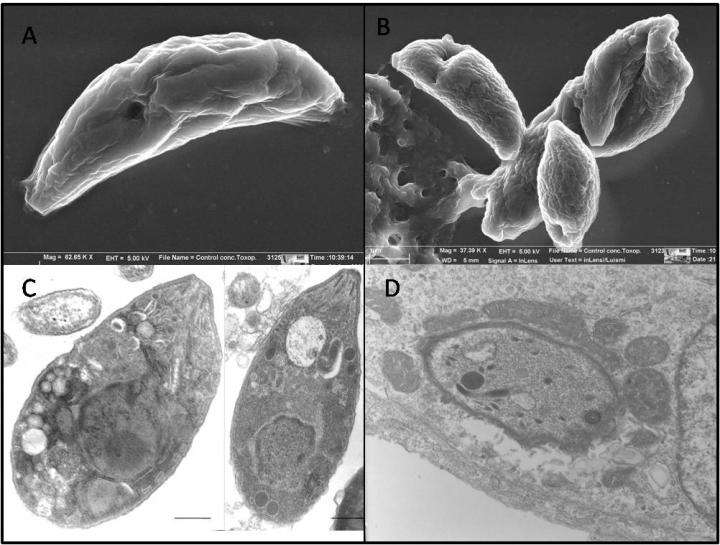Method to detect the presence toxoplasmosis parasite

Scientists from the universities of Granada (UGR) and Valencia (UV) have developed a new molecular method for determining the presence of the parasite Toxoplasma gondii, which causes toxoplasmosis, in samples of ham.
The new method, published in two articles in the scientific journal Food Microbiology, involves the capture of the parasite's DNA by magnetic particles functionalized for specific sequences of the parasite, and the quantification of its DNA using a quantitative PCR (qPCR) technique .
The method has can detect the parasite cell in 100 grams of the ham sample with an efficiency of 94.6 percent. Similarly, scientists have determined the infectivity of the parasites detected in the samples.
The authors are Antonio Osuna, Mercedes Gómez-Samblás and Susana Vílchez, of the research team CTS-183 Biochemistry and Molecular Parasitology at the University of Granada and the Institute of Biotechnology, along with researcher Marius Fuentes from the University of Valencia.
In order to carry out this work, they analyzed 475 commercial samples of ham presented in slices and cubes, and estimated the number of T. gondii parasites present in them. This is the first study of its kind to be performed.
The results showed that the prevalence of T. gondii in ham samples varied from zero to 32.35 percent, depending on the production company, and that 4.84 percent of the positive samples infected mice.
Moreover, the prevalence of T. gondii in commercial ham samples was 8.84 percent with a viability rate of 4.84 percent. Some of the samples presented high levels of both positive cases and infectivity, although some of them were negative either by the absence of the parasite or because the parasites were not infectious. Prevalence and viability rates were assessed based on the presentation of the product (vacuum-sealed cubes or slices). No significant differences were observed between their rates.

Statistical analysis of the prevalence results showed that there are significant differences between samples of different brands. Thus, the prevalence and viability of the parasite in ham samples depends on the production company and the origin of the animals, which implies variations or noncompliance with regulations during the curing process.
A danger to expectant mothers
As UGR professor Antonio Osuna, lead author of this work, explains, "Despite health controls, the pig still remains a potentially important source of the parasite T. gondii, one of the worst opportunistic parasites in immunosuppressed people, responsible for malformation and deficiencies in newborns such us microcephaly, hydrocephaly, blindness and congenital heart diseases, if the primary infection occurs in pregnant mothers."
The researchers have proven that if ham meat samples are frozen before the curing process, the elimination of the parasite is much faster. They have also determined that the treatment normally used for curing ham using nitrites along with sea salt increases Toxoplasma's survival time and therefore, the infectivity rate, when compared to curing using only sea salt.
In light of the results of this study, the researchers suggest that the traditional salting method for the production of ham ensures the total elimination of T. gondii, provided that the curing period that marks the current legislation is respected.
Moreover, the use of nitrite during the salting process performed to control microorganisms retards the inactivation process of T. gondii, possibly due to a delay in the lipolysis phenomenon, which necessitates longer curing periods (at least seven months) to ensure complete elimination of the parasite.
"Ham industry producers can ensure complete removal of T. gondii by freezing the pieces of meat, whether before the salting process or after the curing period," says professor Osuna. The freezing process is not covered by ham production regulations because they alter the organoleptic properties of some processed products in which the texture and aroma are favored.
The application of this study could be an advantage for companies producing ham and pig shoulders, given that they could give their products added value by ensuring that they are T. gondii free, and thus ensuring the safety of their products.
Provided by University of Granada



















